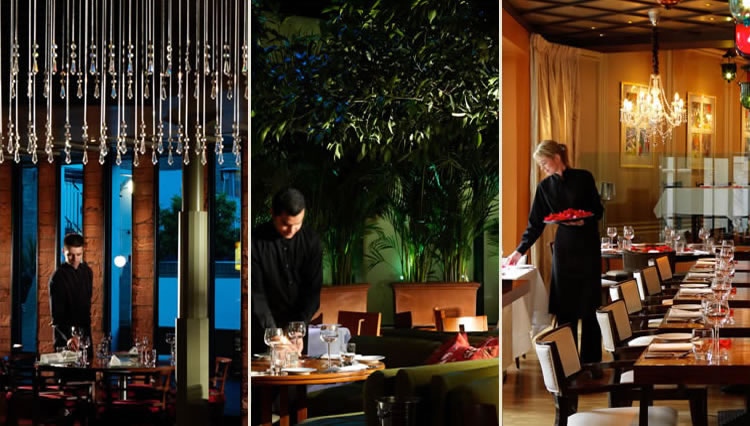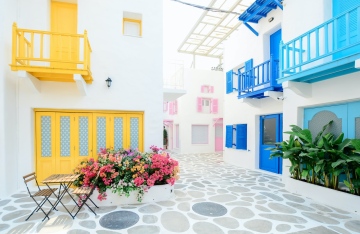The global popularity of Indian cuisine could be down to the sheer variety and versatility of the recipes on offer. The wide range of main dishes, snacks, sides and desserts have a depth and breadth of appeal guaranteed to satisfy all manner of tastes, from the strictest vegetarian to the most dedicated meat-eater. Dishes flavoured with hot chillies will warm the cockles of any spice aficionado, whilst creamy, decadent desserts will tantalise the taste-buds of the sweet-toothed amongst us.
In fact, the many desserts and sweets of India play an important role, not only on the menus of some of London’s best Indian fine dining restaurants, but in the very culture of the country, too. In India, no festival is complete without a sugary treat. Traditional recipes for luxurious kheer, scattered with fruit and nuts, or gulab jamen, sparkling with crystallised sugar, are passed down through the generations to be served up in times of celebration. This is when all thoughts of healthy eating and frugality are put aside and indulging in enjoyable treats becomes the order of the day.

Personal special occasions are celebrated with the giving of sweets, too. Whether it’s a new baby, a wedding or gaining good results in exams, Indian families will exchange traditional, milk-based sweets known as mithai in the same way we might offer up a box of chocolates.
When we think of Indian sweets here in the UK, it is likely that the image of brightly coloured, crumbling cubes of confectionary crops up in our mind’s eye – the bite-sized chunks of rainbow sweets commonly known as barfi.
Barfi is said to have originated in North India. In its plainest, simplest form, without the addition of special colours or flavours, the sweet is a creamy white colour, earning it the name barfi which is a Persian word for snow. Barfi is created from sweet, condensed milk and sugar, boiled until the mixture becomes solid and it takes on a fudge-like consistency. This favourite snack of India provides an intense sugar hit and tastes like pure heaven as it melts in the mouth.
As this is India – the land of experimental dishes and culinary creativity – you can imagine the barfi does not remain plain for long. Favourite flavours include barfi mixed with pistachios, peanuts or cashews whilst cardamom and rose water are popular additions, too. Barfi with saffron can turn the sweet to a sunshine yellow whilst the Bengali cham cham can be stuffed with additional ingredients. Coconut barfi provides a taste of the exotic, whilst adding chocolate produces one of the richer, most decadent options.
Barfi is often cut up into cubes or diamonds and served with fresh fruit or scattered with crushed nuts. If it is to be consumed at a fancier occasion such as a wedding, it may be lined with edible silver or gold leaf and decorated with sugar-sprinkled flowers.
The popularity of barfi comes from the adaptability of the recipe – it can be toned down or dressed up as desired. Many different variations can be found throughout India as well as further afield, in Pakistan and Bangladesh. If you want to have to enjoy the taste of barfi then you can visit http://www.fineindianrestaurants.com/




